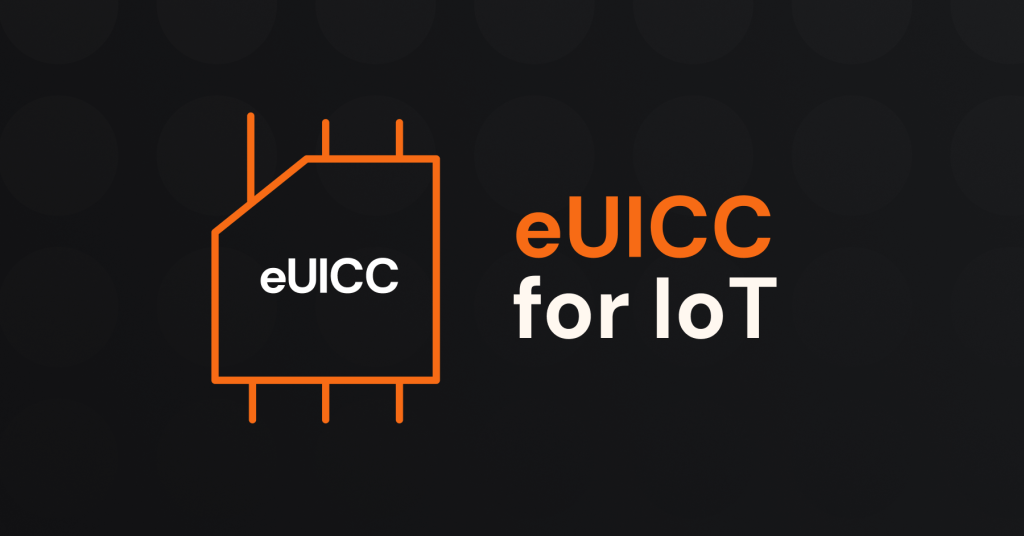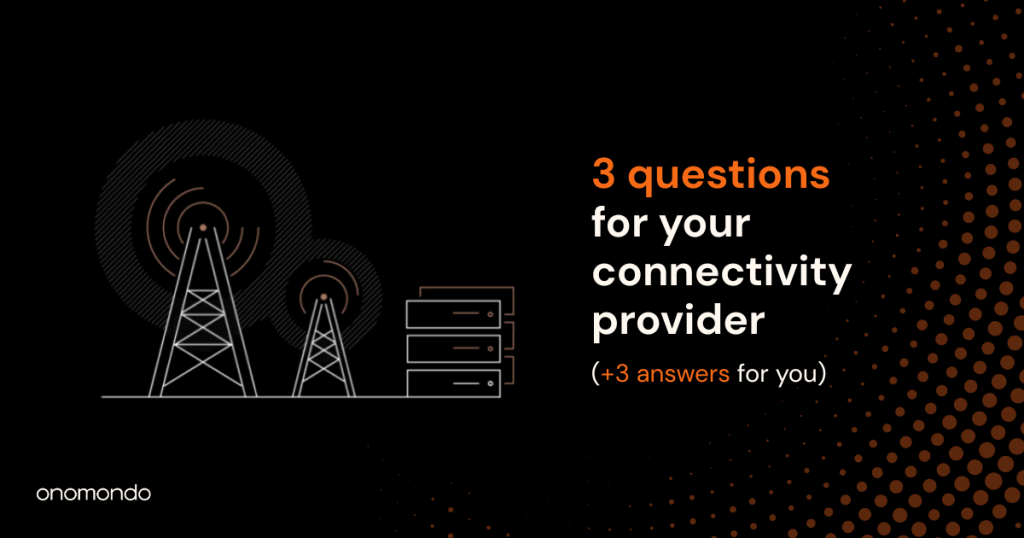Connecting devices has opened up broad opportunities to create value and solve major world problems, such as sustainable development.
Two essential terms that encompass how we network devices today are IoT and M2M.
Although sometimes used interchangeably, it’s important to understand the differences between M2M and IoT because these terms mean different things for many in the industry.
In short, here’s the difference in meaning between M2M vs. IoT:
M2M (machine-to-machine) is about point-to-point communication, while IoT is about the internet extending into machines and vice-versa.
Would you like a more thorough explanation of M2M vs IoT? Read on for popular definitions for IoT and M2M and an exploration of the differences between the two terms.
Table of Contents
What is M2M?
The following are common definitions of M2M by respected industry bodies.
GSMA
“M2M technology connects machines, devices and appliances together wirelessly via a variety of communications channels, including IP and SMS, to deliver services with limited direct human intervention.”
Source: GSMA, Cellular M2M forecasts and assumptions: 2010–2020 (2014)
ETSI
“Machine-to-Machine (M2M) communications is the communication between two or more entities that do not necessarily need any direct human intervention. M2M services intend to automate decision and communication processes”
Source: ETSI, Machine-to-Machine communications (M2M); M2M service requirements (2013)
IEEE
“The machine-to-machine (M2M) communication, which plays a vital role in the Internet of Things (IoT), allows wireless and wired systems to monitor environments and exchange the information among various machines automatically without human interventions.”
M2M example
One good example is a basic temperature telemetry system in a warehouse.
Say the warehouse contains perishables, such as food items, then it will be necessary to monitor the temperature locally. But you don’t want to enter the warehouse’s refrigerated section to measure temperatures, hence telemetry and M2M.
You could simply put a sensor in a refrigerated room to monitor temperatures. Then you can use M2M communication to connect that sensor to a monitor with a display in an office.
What is IoT?
Now, let’s look at some popular definitions for IoT by respected industry organizations.
GSMA
“IoT describes the coordination of multiple machines, devices, and appliances connected to the Internet through multiple networks. These devices include everyday objects such as smartphones, tablets and consumer electronics, and other machines such as vehicles, monitors and sensors equipped with machine-to-machine (M2M) communications that allow them to send and receive data.”
Source: GSMA, Cellular M2M forecasts and assumptions: 2010–2020 (2014)
McKinsey
“In what’s called the Internet of Things, sensors and actuators embedded in physical objects—from roadways to pacemakers—are linked through wired and wireless networks, often using the same Internet Protocol (IP) that connects the Internet.”
Source: McKinsey Quarterly: The Internet of Things (2010)
ITU
“A global infrastructure for the information society, enabling advanced services by interconnecting (physical and virtual) things based on existing and evolving interoperable information and communication technologies.”
Source: ITU, Overview of the Internet of Things (2012)
IoT example
Let’s take a similar concept to the temperature monitor in a warehouse scenario. But now we’re monitoring reefers (refrigerated containers) as they are transported globally.
The concept is the same; you’ll have sensors in the reefers to monitor the internal temperature. But now, you have a vast network of sensors that are globally mobile. You might also want to pass this information on to third parties, customers transporting goods, and M2M (point-to-point) communication is no longer viable.
IoT adds value here. By connecting IoT devices to the internet wirelessly, you have an overview of temperatures for your network of reefers globally, accessible via your web browser. You can then pass this information on to third parties via a web app or API.
M2M vs. IoT: What’s the difference?

M2M and IoT are both methods of exchanging information between machines without human intervention.
These terms are largely synonymous technologies with the same underlying technology.
The main difference between M2M and IoT is that M2M is about point-to-point (machine-to-machine) communication, while IoT is about the internet extending into machines and vice-versa.
Trends in naming conventions also have a big role to play here. According to Google Trends, IoT overtook M2M as the most popular of the two terms in 2014.

Connecting devices to the internet opens up a broader range of use cases and scalability, making IoT an advancement within M2M communication. It has allowed us to turn the physical world virtual and use data to optimize processes and improve our understanding of the world at a massive scale.
Here’s a summary of comparison points for IoT vs. M2M.
| M2M | IoT | |
|---|---|---|
| Name | Machine to Machine | Internet of Things |
| Origin | Considered to have originated in 1968 from work by Theodore Paraskevakos. | Evolved from M2M. Coined in 1999 by Kevin Ashton. |
| Communication | Point-to-point communication. | Cloud communication. |
| Internet connection | An internet connection is not required. | An internet connection is required. |
| Scalability | Limited potential for connecting many devices. | High potential for connecting hundreds, thousands, or millions of devices. |
| Popularity | The most popular term up until 2014. | The most popular term from 2014 onwards. It has also achieved broader recognition. |
Watch this space
IoT and M2M are rapidly evolving paradigms with more use cases and thousands upon thousands of new devices being connected daily.
As we expand our understanding of machine-to-machine communication, how we understand the terms IoT and M2M will change. Keep in mind that there are already new terms competing for attention in the same area, such as IoE (Internet of Everything).
The difference between M2M and IoT is not important, most of the time. It’s a matter of preference for most people. But to generalize, M2M is about device-to-device communication, while IoT is about cloud connectivity.






